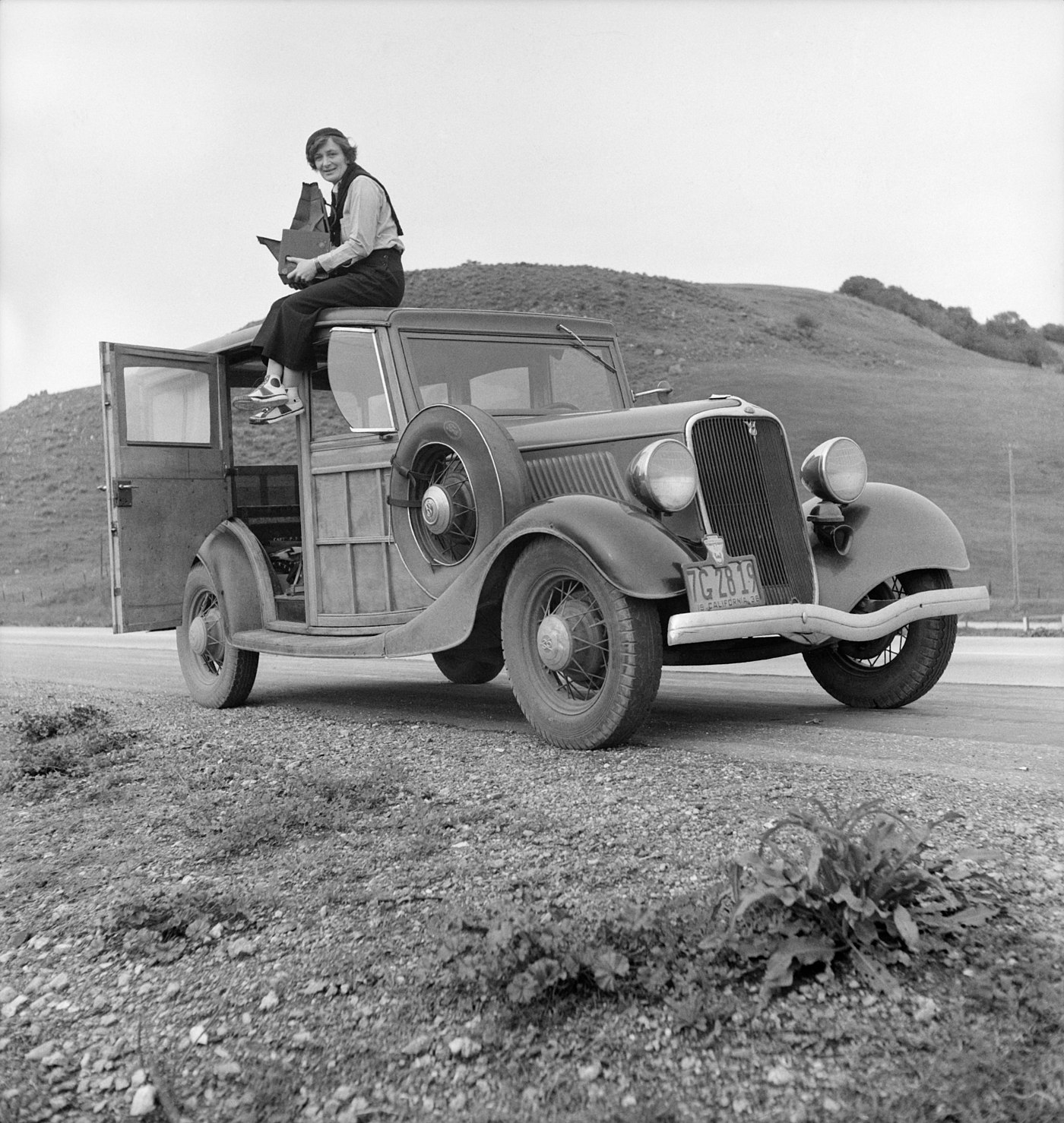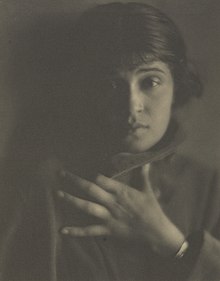
Edward Weston [Public domain], via Wikimedia Commons
As you walk around the Arcade, it is surprising how many photographs you come across some are framed and some are not. Quite frequently people buy these photographs and frame them at home (I have done this on occasions and they make nice gifts). Everything on this planet has been photographed and will be photographed within our lifetimes as we all carry small cameras around in our pockets. In a way, the cameras on our mobile phones have changed the playing field.
Let’s say that I am on the beach in France with Caron and decide to take a photograph of her, I know that within seconds I can post this photograph anywhere. That is where we are at present. Everything is almost instantaneous and that is what we expect. But if we travelled back thirty or so years then the photographs from the self-same holiday in France would have taken a lot longer to produce. A trip to the chemist would have been needed and if you had taken poor holiday photographs, then to all intents purposes, you would have had to live with the results. These days if you take a poor photograph you can make it quite acceptable by using the wonders of modern technology. You can change anything. But it was not always like that as I found out when I came across a number of American photographers at college many years ago.
I had had a passing interest in early twentieth century photography and was familiar with the works of Edward Weston, Alfred Stieglitz and Paul Strand. What I did not know was that the model in some of his works became a photographer herself and in my view was the equal of Weston. But whilst you find books on Weston and many other famous pre-war photographers, you very rarely find books on the short lived but now almost forgotten Tina Modotti. Of these, Edward Weston was my favourite photographer and I particularly admired some of his nude studies.
Tina was born in Italy in 1896 and died in Mexico in 1942 and during her short life she managed to be not only an immensely talented photographer but also an actress, a model and a revolutionary political activist which it is rumoured led to her early death.
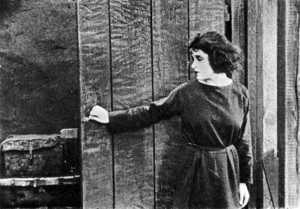
Public Domain, https://commons.wikimedia.org/w/index.php?curid=193834
Tina was born in Udine in Italy in August 1896 and emigrated to the USA (San Francisco) in 1913. Like many girls of her age, she dreamed about becoming an actress and maybe making her mark in the movies. During this time she acted in various plays and a few silent films and also worked as an artist’s model to bring in an extra income.
In 1917 she met a long forgotten poet who went by the name of Roubaix. They became lovers and soon moved to LA so that Tina could pursue a serious movie career. I remember reading many years ago that the writer (I forget who) considered that the Italians as a whole were the most beautiful race on the planet. Whether this is true or not is a matter of opinion, but in Tina’s case it acted against her as she was often cast as the femme fatale in the movies she made. I have never seen any of her movies (if they still exist) so cannot comment on her ability or lack of it but she was beautiful and the camera loved her. This said, she did not make another movie after 1920. However her relationship with Roubaix meant that she moved in the bohemian circles of LA and because of this she met Edward Weston who made a great impression on her.
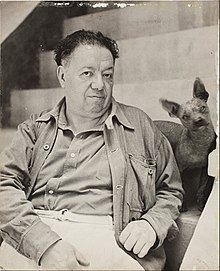
Diego Rivera with a xoloitz cuintle dog in the Blue House, Coyoacan – Google Art Project.jpg
In my view, if Tina had not met Edward then her story might have taken a much different course and we would not have been talking about Tina Modotti Photographer. She soon became Weston’s lover (Roubaix died of smallpox in 1922) and in 1923 travelled to Mexico with Weston and his son Chandler (I forgot to mention that Edward was married). Tina in exchange for his help and mentoring agreed to run his studio for him. Things were falling into shape.
If I digress for a short moment. It always surprises me how often in the arts the meeting of like minds produces works of the highest quality. In poetry, I think of the Browning’s and more recently Ted Hughes and Sylvia Plath as examples. Often one part eclipses the other which is sad and it is usually the woman who suffers and discontinues her art. I think of Scott Fitzgerald and Zelda in this vein although I might be in a minority with my thoughts about them.
Whilst in Mexico City, Tina met Frida Kahlo and Diego Rivera and like in LA, she moved in their bohemian circles. At this time, Edward was moving towards landscape as he was fascinated in the abstraction of the subject whilst Tina was equally fascinated by the Mexican people and also worked a great deal with the vibrant Mexican mural movement of which Diego Rivera was a part.
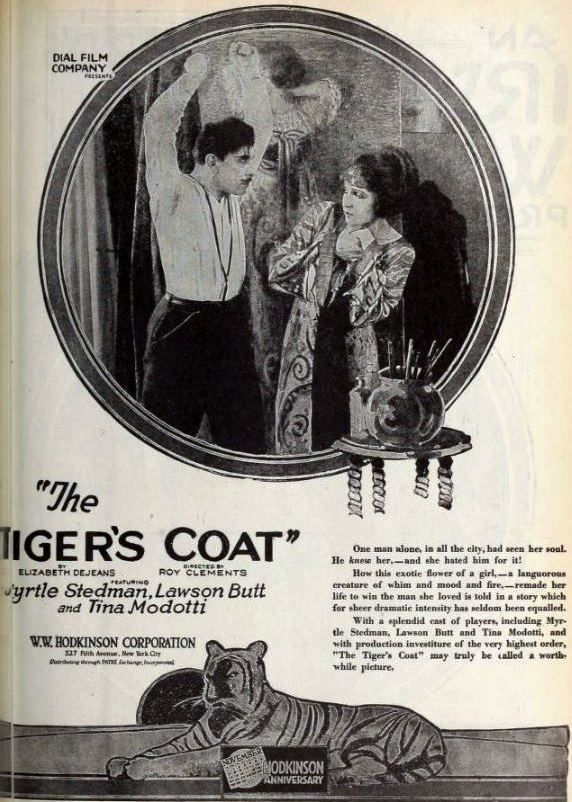
Dial Film Company / W.W. Hodkinson through Pathé Exchange [Public domain], via Wikimedia Commons
It was during this period that her visual senses matured massively. Tina was beginning to find her eye and what an eye. She photographed interiors and landscapes, flowers and many other subjects and I find a great lyricism and gentleness in a lot of her work dating from this period (these works are available on the internet and you will have to make your own mind up, but in my view they in their way surpass a lot of Edward’s work).
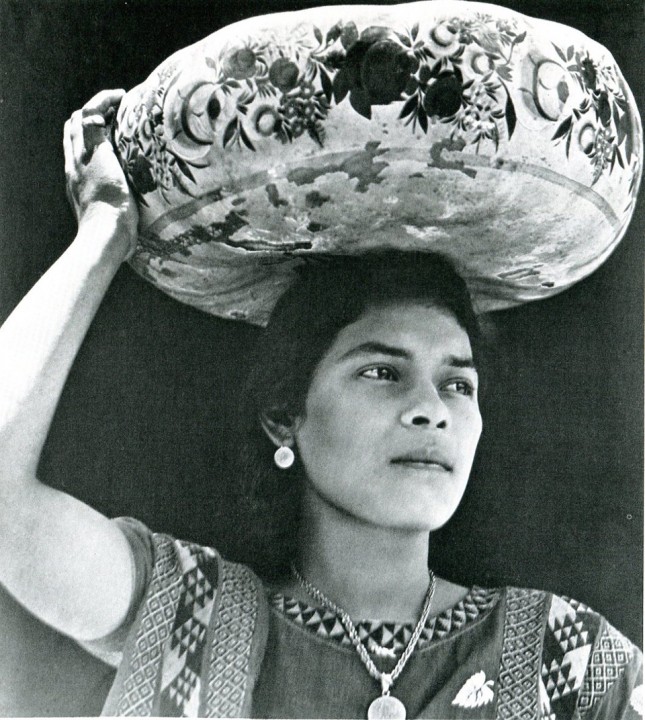
Tina Modotti (1896-1942) [Public domain], via Wikimedia Commons
In 1925 things began to change, Edward returned to California and Tina began to mix with a number of left-wing radicals including senior members of Mexico’s Communist Party and was becoming radicalised. Her photographs were beginning to appear in a number of their journals and it was said later that she had two distinct periods during her creative life.
These were Romantic and Revolutionary and I tend to agree with that supposition and I do believe that to some extent she was floating without Weston during this period. She had a number of love affairs and in 1930 she was exiled from Mexico due to her activities within these subversive organisations (I have kept this summary simple as detailed histories of this time can be found elsewhere).
Initially, Tina went to Berlin for a while and then on to Moscow where she stayed for a number of years. It was clear that Tina was seen as a political subversive in many countries and the Italian Fascists tried to extradite her although it was her intention to return to her home country and join the anti-fascist resistance.
However, the situation in Germany dictated that this was not a good idea and also poor Tina was quite exhausted (photographs from this period show that she by then had lost a lot of her beauty and looked tired and drawn). She was in Spain during the Spanish Civil War and in 1939 returned to Mexico using a false name. Three years later on the 5th of January 1942 she died after a dinner with the famous Chilean poet Pablo Neruda. She collapsed in a taxi on the way home from what was later described as congestive heart failure but Diego Rivera amongst others were suspicious that she was actually murdered due to her radical activities (which as far as I can see were less visible once she had returned to Mexico). If anything, it might have been the case of what she knew and of who she knew and if she was murdered by an unknown agency, then either the right or the left might have been responsible. Personally, I just think that she died exhausted and disillusioned.
Neruda composed Tina’s epitaph which I have noted and this can be found on her tombstone.
Pure your gentle name, pure your fragile life,
bees, shadows, fire, snow, silence and foam
combined with steel and wire and pollen
to make up your firm and delicate being
Obviously, a little has been lost in the translation but you can see what the poet was saying quite clearly.
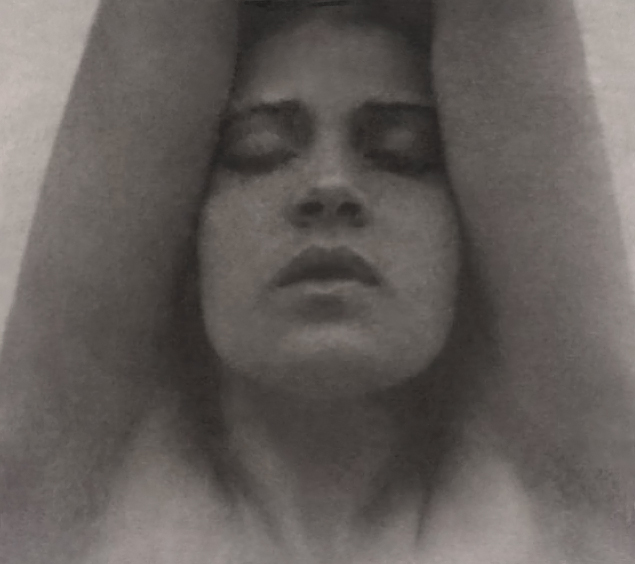
[[File:Tina Modotti with her arms raised – Edward Weston restoration.jpg|Tina Modotti with her arms raised – Edward Weston restoration]]
The sad thing is that Tina was not recorded as taking photographs after 1931 which was an immense loss to the art. Perhaps if she had followed Edward back to the USA things might have been different, but there was something in her DNA that prevented her from doing so. It was rather like saying if Buddy Holly had not taken the plane or if James Dean has not driven his car on those fateful days then things would have been different. The idea is abstract as the past cannot be changed. But what Tina did leave us during her short working life was a great number of photographs which rank amongst her peers. They are in short for the most part superb and at auction often surpass the prices gained for the works of Weston, Stieglitz, Strand and many others.
You may have seen collections of photographs from this period and it is likely you would have seen the posters for the Dorothea Lange exhibition recently. There have been other exhibitions notably of Paul Strand and Georgia O’Keeffe in the last couple of years. I cannot recollect that Edward has had a show for quite a while, but wouldn’t it be great if one of our galleries combined both Tina’s and Edward’s works together?
The time is ripe as the Frida exhibition was a great success. Time will tell.
I have yet to see reproductions of any of Tina’s photographs in the Arcade but occasionally other American photographers show up and these works are worth picking up. In the book section there is a great selection of art books and you can usually find something or the other on photography or the like.
Recently, I have seen books on Fox Talbot on the shelves which is a good place to start.
I have often visited his house in Lacock in Wiltshire. Check it out if you are in the area.
We are all photographers that goes without question but how many of us have the eye?
I am influenced by light-light-light and take hundreds of photographs on my mobile hoping that just a few will be worthy of the subject.
Each of us is different and I hope that in a small way I have opened up the life of Tina Modotti for you and from that, (if you are interested) you might study this interesting era in more depth. That was my intention when composing this article.
Happy Hunting
